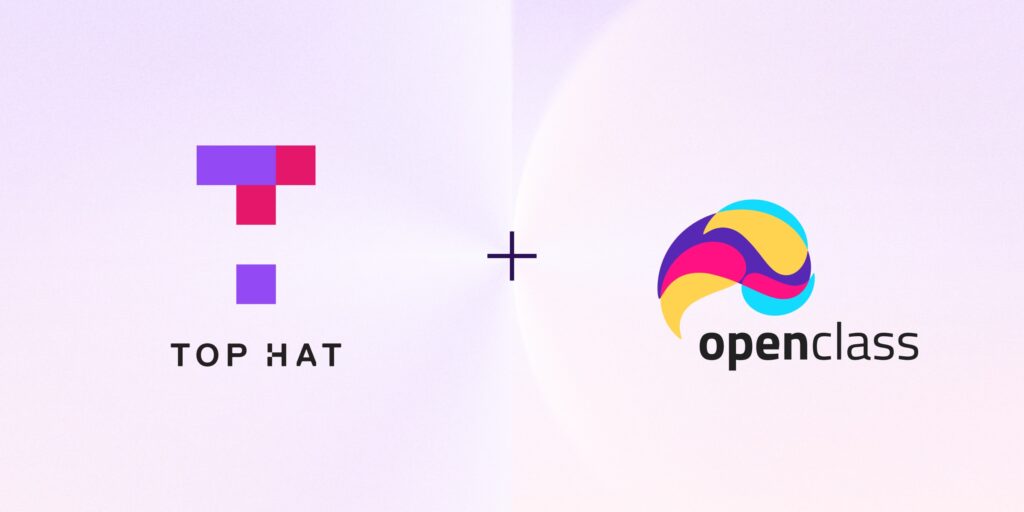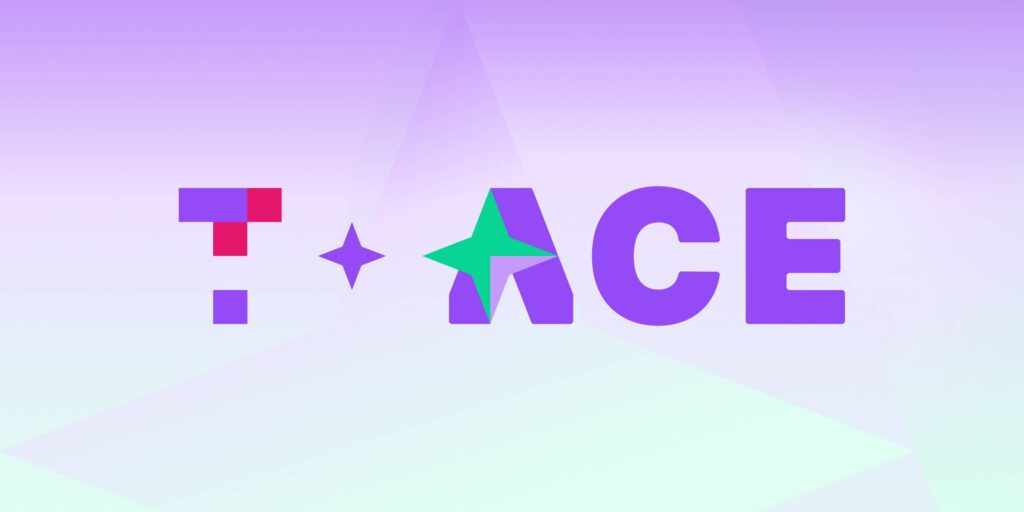Top Hat Engage 2020 has dozens of sessions, organized by three themes: Teaching with Insight, Teaching with Empathy, and Teaching with Experience. The ‘Teaching with Experience’ track focuses on the sharing of best practices from institutions and educators.
The power of the modern college educator lies not in their assessments or lecturing skills, but in leveraging active and more experiential learning strategies that help students understand the bigger picture beyond “what’s on the final exam.” Challenge and exploration combined with the judicious application of their own expertise enables students to develop the critical thinking skills and fortitude to discover the solution for themselves.
As student population demographics shift, the demand for education delivered in a variety of ways has led to an increase in focus on the quality of instruction inside and outside of the classroom.
The Shift in Faculty Roles
At a time when the value of a college degree is being questioned by many, it’s more important than ever for students to see how the dots are connected between what they learn in the classroom and the world around them. For purpose-driven members of Generation Z, this is especially important. Creating the space for students to think about the outcomes they expect to achieve from their college experience is an important starting point. It not only helps motivate students by tapping into a deeper sense of purpose behind what they are learning, it also serves to increase the sense of accountability for their own education.
Connecting course material to today’s broader social, cultural and political landscape allows students to better appreciate the value and relevance of their studies. Beyond appreciating the value of a given class, it helps build the grit necessary for students to embrace the demands of academic life, including new and potentially more challenging learning methods. In this sense, the role of the modern educator is not simply to impart knowledge to a passive group of onlookers. It is to engage them in thinking more broadly about their own educational experience in terms of their own aspirations, both inside and outside the classroom.
Through active learning strategies, interwoven with their own expertise, the modern educator helps students discover the solution for themselves. While more challenging, this is far more gratifying than simply being given the answer. This is hard work, to be sure. Educators must be prepared to persist in the face of resistance, knowing that many students are happier to passively listen to a lecture. Most importantly, they must also know when they need to let students grapple with complex subject matter, when to teach, and when they need to let students take the reins.
Creating a Tailored Course
Enabled by technology, today’s professors have a world of opportunity to leverage their experience in new and more engaging ways. For example, digital textbooks offer opportunities to customize content and extend learning through interactive activities that engage students in different ways. These learning tools not only offer better value for students than static, traditional print textbooks, they can also provide insights to help instructors improve the learning experience as they go.
When students are assigned chapters of a print textbook or a PDF, instructors have no way of knowing if pre-class readings are being completed. But when a textbook becomes an integral part of a high-quality digital courseware platform, a few important things happen:
Students are more likely to engage with interactive digital materials, especially if they are accessed on the devices they already use. Plus it’s much easier for professors to track that engagement. In fact, with interactive teaching solutions, professors obtain regular insights into how students are interacting with and comprehending the material they’re assigning, allowing them to understand which concepts pose the greatest challenge. Insights like this also enable them to hold their students more accountable for readings and to revisit material students have had trouble understanding.
Using a streamlined, end-to-end course platform enables professors to connect insights gathered both inside and outside of the classroom. This allows them to create a more complete picture of each student, and their progress based on data-driven insights. This, in turn, lets educators course correct and adjust their approach as students progress through learning objectives.
Confidence in the Classroom
Academia is an exciting and constantly evolving field. It is also a space that places a great deal of pressure on professors, especially adjuncts, to succeed. Combined with the competitive atmosphere, it’s no surprise that many academics experience impostor syndrome. This is the feeling of self-doubt and unworthiness that can persist despite obvious achievements.
Using student and peer feedback is a great way to build confidence in the lecture hall. A positive response to in class activities as well as measurable engagement in terms of readings and assignments can help reinforce the value of the practices professors are already acting on. Conversely, evidence-based insights into things that are not working allows professors to better understand how to improve. In either case, this feedback can go a long way in building confidence while improving their educational practice.
Click here to learn more about Top Hat Engage 2020. You’ll hear from experts on active learning, course design and transformation, interactive content creation, educational technology, personalized learning, student engagement and more.


